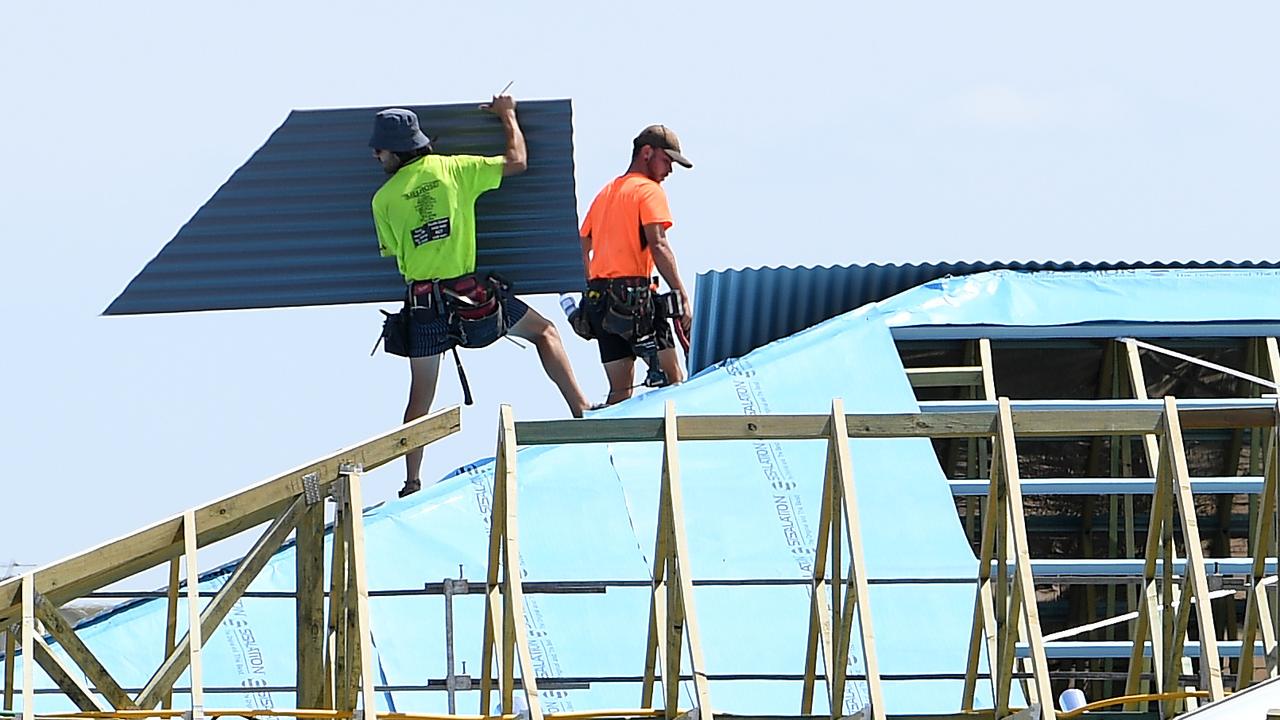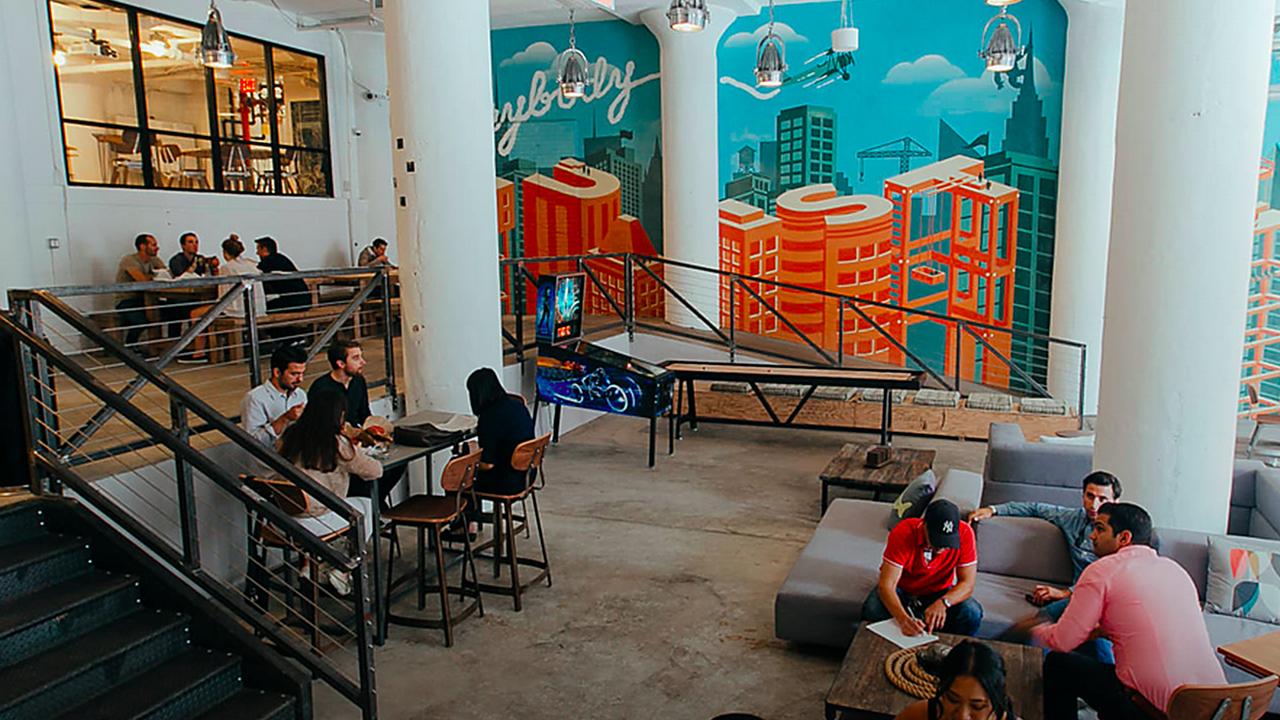Inward and outward world views collide
OVER the past decade two themes seem to have evolved that are setting the social, cultural and political agenda in Australia.
OVER the past decade two themes seem to have evolved that are setting the social, cultural and political agenda in Australia.
These themes relate to how Australians see themselves and the world.
These competing world views actually represent something of a schism that is new to the Australian psyche, and that will define much of the social and business agenda in Australia in the coming decade.
On the one hand we see ourselves as outward-looking, positive people happy to engage with, and be engaged by, the rest of the world. In this outward view Australia and Australians are confident of our place in, and of our value to, the global community.
This positive engagement with the rest of the world is evidenced in our largely export-oriented economy as well as our propensity to travel, and to work abroad. For the first time in our history, more Australians travel overseas than foreigners visit Australia.
New words have entered our vocabulary: the gap year was largely invented by that most-travelled of generations, Gen Y, to describe a period at the end of the teenage years when broader horizons are confidently explored. New Zealanders call this their OE, or overseas experience, year.
In a little more than a decade, Australia has asserted its interests in areas of international conflict in Timor, Iraq and Afghanistan.
There are now closer ties with the US, most likely as a consequence of our alignment with US foreign policy. At the same time the rising business of trading gas, iron ore and coal strengthens our links with China.
There is also a closer, albeit at times strained, relationship with India as a consequence of our entering the business of delivering international education services.
All of this is on top of the fact that Australia is now attracting record numbers of migrants: 297,000 net migration in the year to June last year, compared with say 97,000 10 years earlier.
It would seem the views espoused by New York Times journalist Thomas Friedman in his 2005 book The World is Flat were correct. In that world, where resources and labour flow almost seamlessly between markets, Australia is a winner.
How could our world view not be shaped by this internationalisation of Australian interests over the past decade? But just as Australia embraced a fuller engagement with the rest of the world, another competing world view emerged.
Here is an Australia concerned about external forces over which we have little or nor control. As a consequence it is considered important that we close ranks and protect what we have. This is an inward world view.
Perhaps it was the threat posed by terrorism early in the decade, with 9/11 followed by the October 2002 Bali bombings. The rest of the world, which had seemed benign after the end of the Cold War, suddenly felt threatening.
The threat of terrorism was followed by other threats from beyond, such as SARS, avian flu, swine flu and most recently Mexican flu. On top of all this came the menace of climate change, again a mighty force against which we feel helpless.
The climate change issue gathered popular momentum in Australia from 2006 with the release of Al Gore's movie and the IPCC report (2007), both of which seemed to coincide with devastating weather events such as droughts, floods, cyclones and even bushfires.
The concept of a threat from beyond has very much been part of the Australian narrative over the past decade -- to such an extent that there is now a backlash against what we see as external threats. Consider the evidence.
Sydney's Cronulla riots (2005) and Melbourne's violence against Indians perhaps reflect an ascendant world view that there are external threats to the Australian way of life. Climate, foreign students, immigrants are all part of the same external threat that must be resisted by imposing taxes and barriers.
Even the mining community has been drawn into the angst: here are people in cahoots with foreigners selling non-renewable Australian resources without paying a fair commission. It's a line that feeds well into a world view held by some Australians.
In fact, I suspect that most issues of the day, including those vital to the property industry, such as Big Australia, are now being viewed through the lens of either an outward or an inward world view. Which view is most popular or, from a politician's viewpoint, which is dominant in marginal seats, will be tested at the next election.
Regardless of whether Australia closes ranks, places excessive limits on migration, or continues to tax and regulate a society that seems fearful of change, in the longer term engagement with the wider world must prevail.
I suspect Australia is in the midst of perhaps a 20-year paradigm in which we are reacting against the pace of global engagement and change.
Bernard Salt is a KPMG partner
bsalt@kpmg.com.au
www.twitter.com



